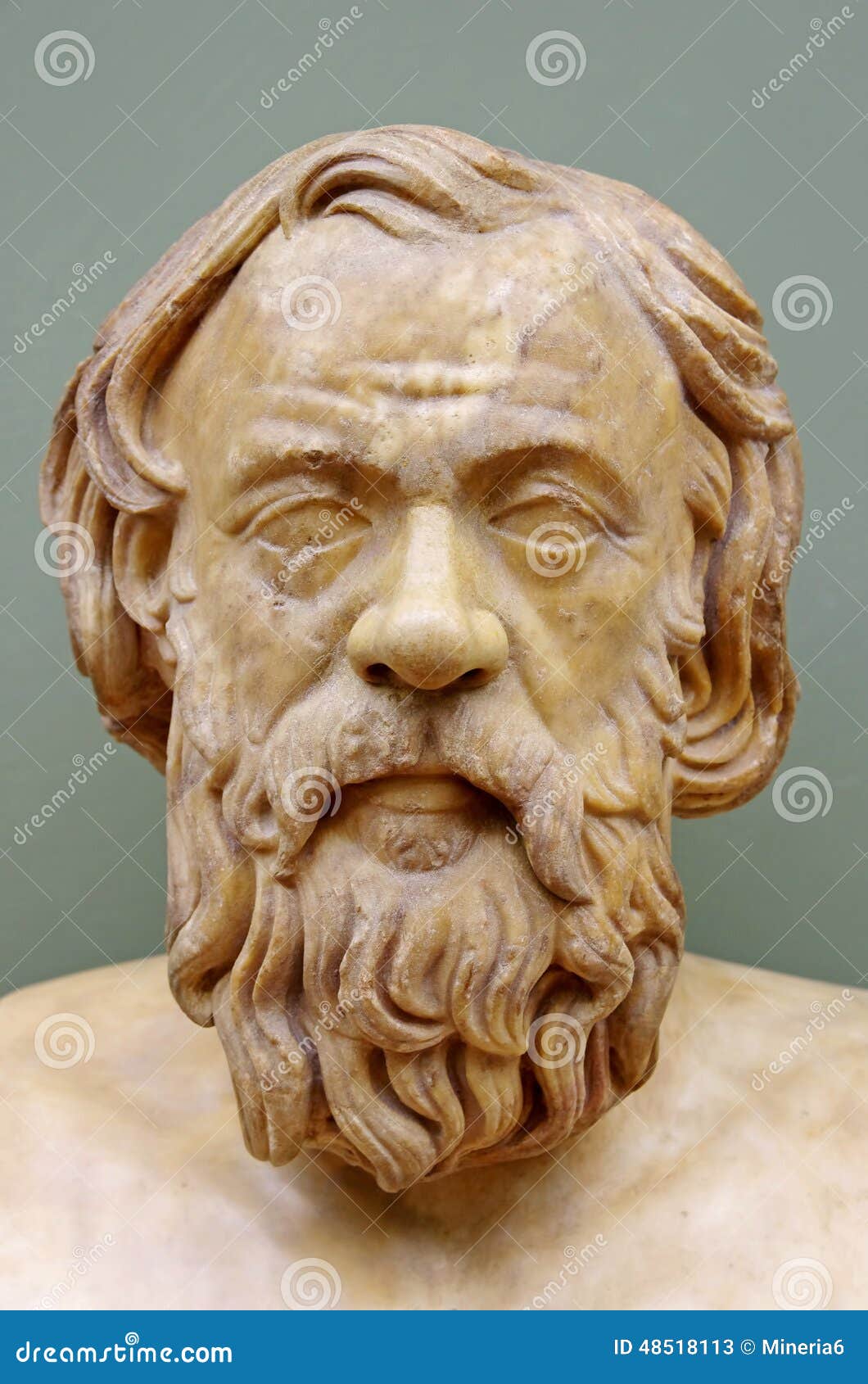I leave aside the question of height increase in new generations of today, it has very little link with father or mother's transmission I think, and more links with way of life complex. If specialists are puzzled I don't know how we can do better than them on this side.
Tosks were not dwarfs in Europe, they were of middle to under-middle height compared to other Europeans, rather middle in the 1930-50's (1m67 when France mean was 1m65/66). Coon said and I agree with him if I rely on pictures, that compared to most of Ghegs, Tosks were on the almost "pure" 'alpine' side and very close to South-Central French people. The 'mediterranean' component is relatively slight in them, as it's the case for Epirus Greeks.
Concerning Ghegs and Kossovars and Montenegro people I can't say: too less pictures. I suppose Coon 's descriptions I red were of some reality, concerning aspects.
Concerning 'dinaric' type origin, I'm still uncertain. But surely Coon referred to HIS general meaning of slender neolithic types when he wrote "mediterranean" as part in his 'dinaric' type cristallization, so possibly high statured dolichocephalic long-faced types, not the 'yemenite' type of 'mediterranean'.
Seemingly, the 'armenoid' type was an artificial construction, based upon some partly different crossings + artificial skulls deformations. In this crossing result, the part of 'indo-afghanlike' types was heavier than in other so called 'dinaric' types of Balkans. In fact, whatever the validity of their thoughts, other old anthropologists thought Balkans 'dinaric' type was a local evolution of previously dolichocehalic tall and ruggish types of 'brünnoid-capelloid' ascendance, or at least a crossing where this type was involved.
I have hard work to isolate in Balkans populations a majority of people who could be taken as typical 'dinarics' when it is easier to find 'nordic' or types of 'mediterranean' and even 'alpines' in some regions. So I think the thesis of Coon is not stupid at all, just the crossing could be even more complicated! (so numerous variants!!!). Even planoccipitaly seems various, concerning occiput angles. I think we have here a complex of types with a dominant trait: planoccipitally, linked to previous dispositions among one or most of the dolichocephalic elements (# 'cromagnoid' inherited forms with broad short faces, low supraorbital skull, high placed occiput, very low orbits: kind of anti-dinaric basis?).
Whatever the complication of the synthesis of this statistical created 'dinaric' type,, the fact it could imply some not too gracilized 'brünnoid' ancestor would make sense, when we see the strong Y-I2a imput in them, even if as other I think Y-haplo's in populations could become very disconnected from their auDNA ancient basis.
&: concerning height, it seems more crossed types could have higher stature than monoplyletic types.







